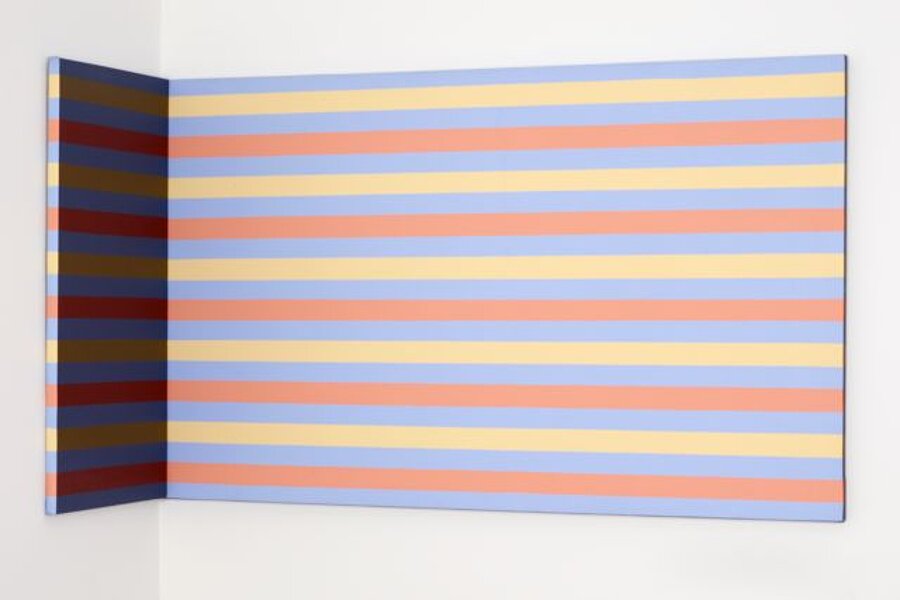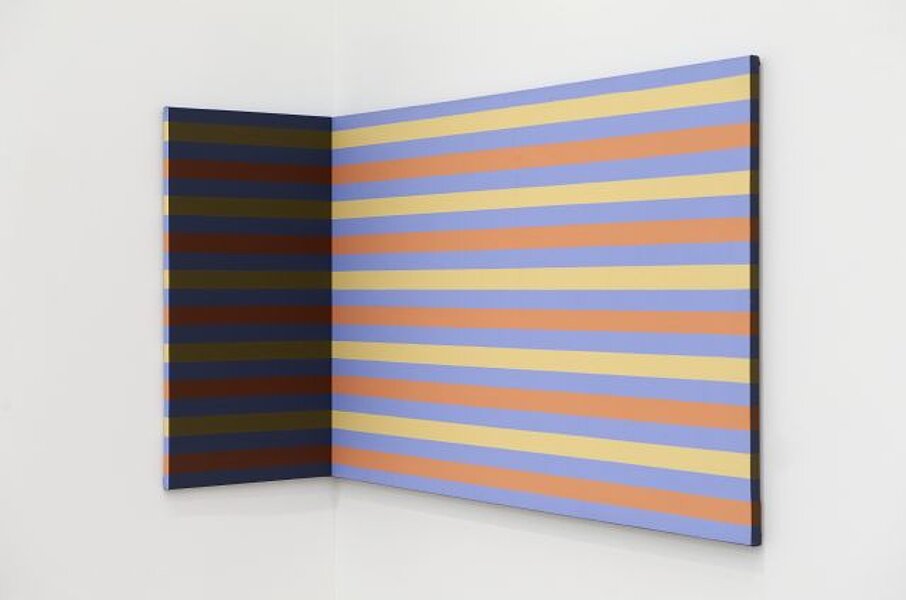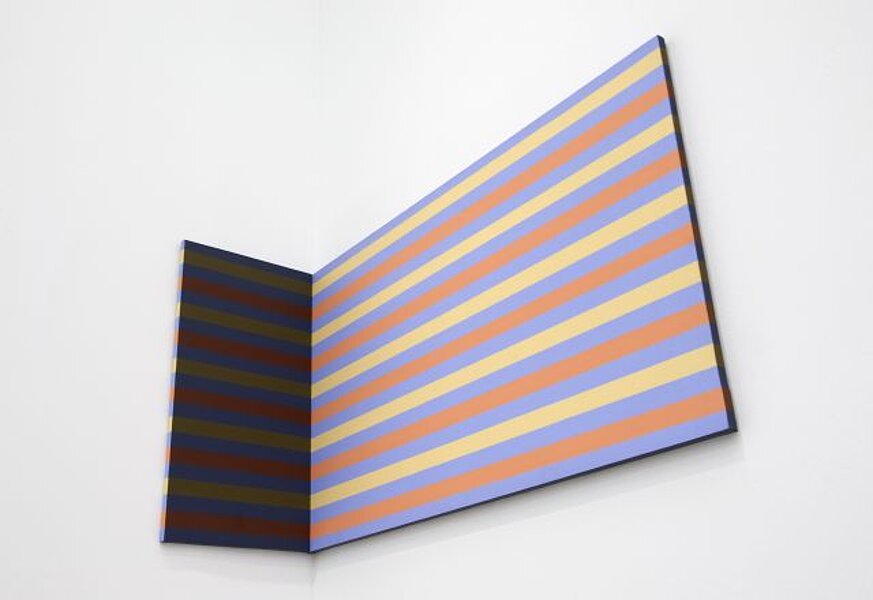
Tornquist, Jorrit
Ohne Titel
Untitled
1979
| Object description | Acrylic on canvas |
|---|---|
| Object category | painting |
| Material |
Object:
acrylic paint
Support:
canvas
|
| Technique |
Object:
acrylic painting
|
| Dimensions |
Object:
height: 80 cm,
width: 132,1 cm,
depth: 40 cm,
height: 80 cm,
width: 130 cm,
depth: 2,5 cm,
height: 80 cm,
width: 40 cm,
depth: 2,1 cm
|
| Year of acquisition | 2007 |
| Inventory number | MB 14/0 |
| Creditline | Sammlung Dieter und Gertraud Bogner im mumok |
| Rights reference | Tornquist, Jorrit |
| Further information about the person | Tornquist, Jorrit [GND] |
| Literature | Leidenschaftlich Exakt.Sammlung Dieter und Gertraud Bogner im mumok |
Problems related to color, examined in the context of surface and spatial depth and implemented in the spheres of painting and architecture, stand at the center of Jorrit Tornquist’s oeuvre. After studying biology and architecture in Graz, the artist—who was born there—initially turned to painting in 1938, only later working on the development of color concepts for interior and exterior architectural projects. Since the early 1960s both painting and architecture formed a symbiosis in his work. The 1979 work "Untitled (Corner, Light, and Shadow)", 1979 can be read as an intermediate position. Tornquist moves away from the format of the traditional painting and allows his painting to “go round the corner,” thus opening up the room. The edge of the picture is thought of as a hinge with which to transform each “light” color into a “shadow” color. Although Tornquist takes his inspiration from a long tradition of constructivist and concrete trends in art, his own intention is broader. By taking into account perceptual psychology and putting theoretical knowledge into practice, Tornquist also embodies the artist-researcher who sees his task as developing visual and intellectual knowledge, not focusing on a personal signature.
© mumok – museum moderner kunst stiftung ludwig wien


